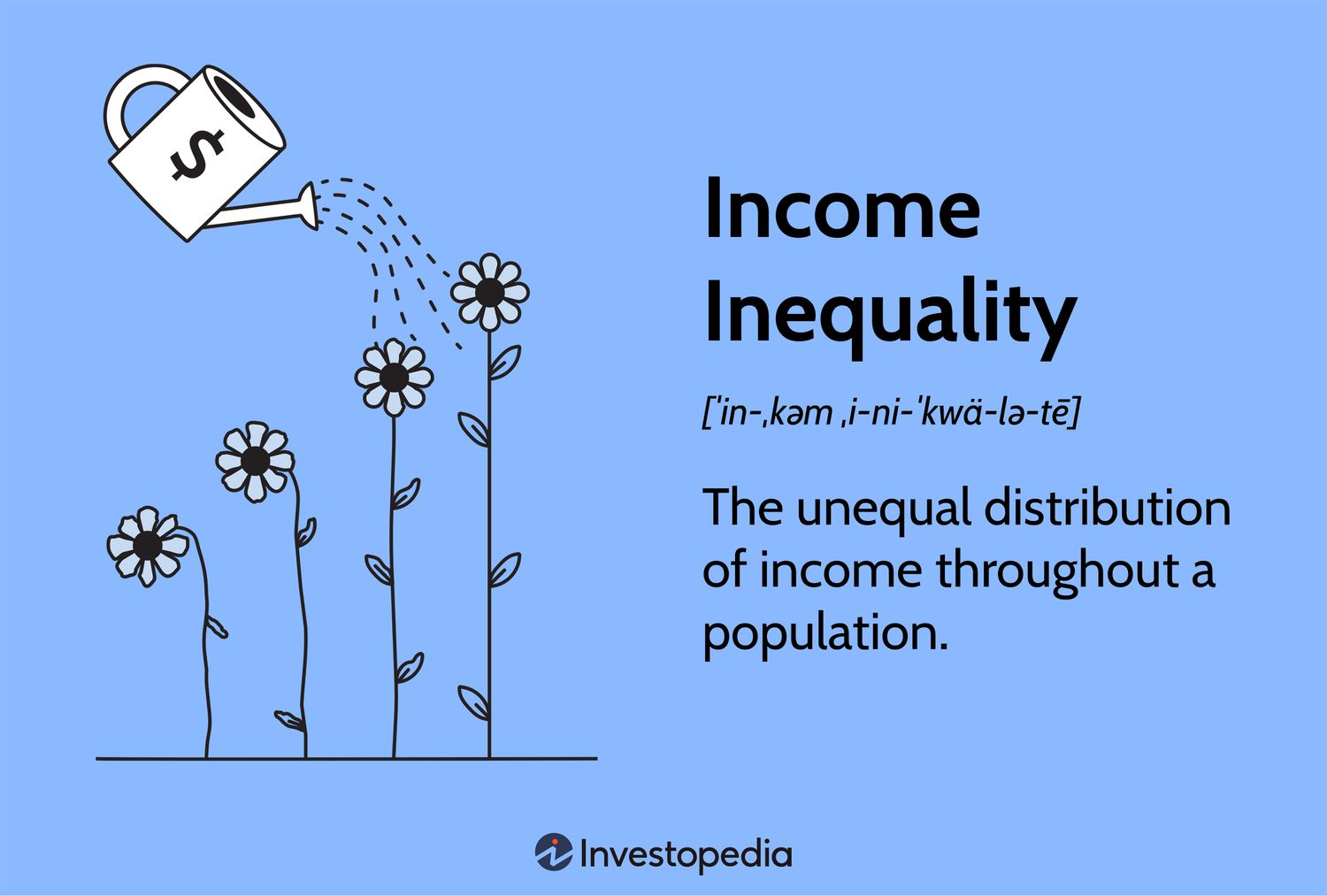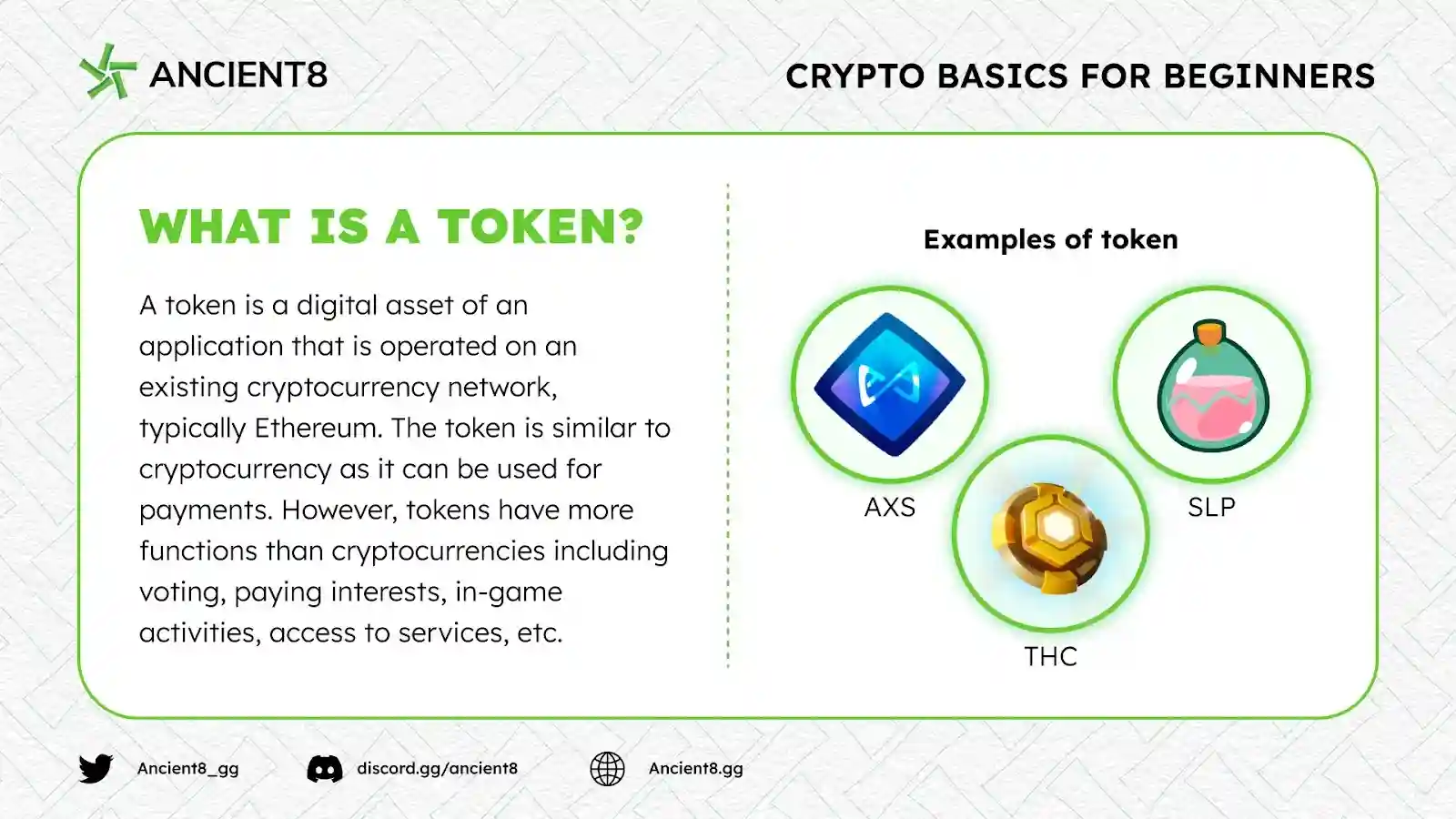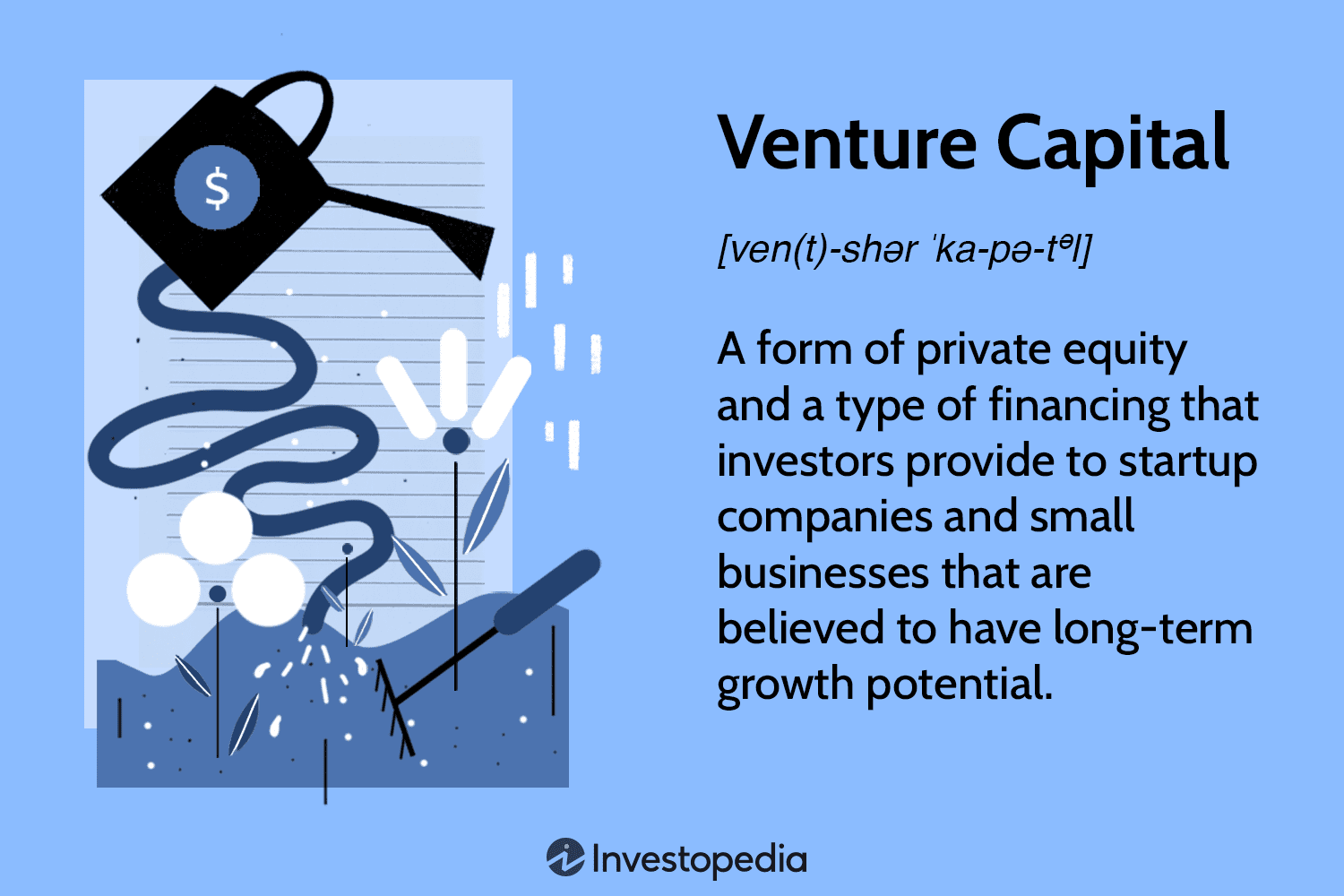Income Inequality: Key Causes Unveiled
Mia Wilson

Photo: Income Inequality: Key Causes Unveiled
Income Inequality: Key Causes Unveiled
Introduction
Income inequality is a growing concern worldwide, influencing social stability, economic growth, and individual well-being. While some level of income disparity is expected in a free-market economy, extreme inequality can lead to social unrest and reduced economic mobility. This article delves into the primary causes of income inequality, offering an in-depth analysis of its underlying drivers and exploring potential solutions to bridge the gap.
Understanding Income Inequality
Income inequality refers to the unequal distribution of income among individuals or households within a society. It is often measured using tools like the Gini coefficient, which quantifies income distribution on a scale from 0 (perfect equality) to 1 (maximum inequality). While income inequality exists in every economy, its severity varies significantly across countries and regions.
According to a 2024 report by the World Bank, income inequality remains persistently high in many parts of the world, particularly in Latin America, Sub-Saharan Africa, and parts of Asia. Wealth disparities have also increased sharply in advanced economies, contributing to social polarization and political tension.
Key Causes of Income Inequality
1. Technological Advancements and Automation
Technological progress has been a double-edged sword. On one hand, it has increased productivity and innovation on the other, it has disproportionately benefited high-skilled workers while displacing low-skilled labor. Jobs in manufacturing, retail, and even customer service have been increasingly automated, leaving behind a large pool of workers with outdated skills. This "skill-biased technological change" widens the income gap by increasing demand for specialized expertise while diminishing opportunities for lower-skilled labor.
2. Globalization and Trade Liberalization
Globalization has transformed economies, enabling firms to tap into international markets and access cheaper labor and resources. However, while globalization has increased overall wealth, it has also widened the income gap between high-skilled and low-skilled workers. Many manufacturing jobs have been outsourced to countries with lower labor costs, resulting in wage stagnation for domestic low-skilled workers in developed economies.
3. Educational Disparities
Education is a critical factor in determining an individual's earning potential. Those with higher education levels typically earn significantly more than their less-educated counterparts. However, access to quality education is often unequal, particularly in developing countries and low-income communities within developed nations. As a result, educational inequality perpetuates income disparities across generations.
A study by the OECD (Organization for Economic Co-operation and Development) in 2023 highlighted that children from wealthy families are five times more likely to attend college than those from low-income households. This gap in educational attainment creates a persistent cycle of inequality.
4. Wealth Concentration and Capital Income
Another significant driver of income inequality is the concentration of wealth among the top earners. Individuals with substantial assets such as real estate, stocks, and businesses derive a significant portion of their income from capital, which tends to grow faster than wages. As a result, wealth inequality often leads to income inequality. French economist Thomas Piketty, in his seminal work Capital in the Twenty-First Century, argues that unless actively addressed, wealth concentration will continue to exacerbate income disparities.
5. Government Policies and Taxation
Government policies play a crucial role in either mitigating or exacerbating income inequality. Progressive taxation, where higher earners pay a larger percentage of their income in taxes, can help reduce inequality. Conversely, regressive tax systems where lower-income individuals bear a disproportionate tax burden tend to worsen the income gap. Inadequate social welfare programs and public services can further exacerbate disparities by limiting access to healthcare, education, and housing for low-income populations.
6. Discrimination and Social Barriers
Income inequality is also influenced by social factors, including discrimination based on race, gender, and ethnicity. Women and minority groups often face wage discrimination, limited career advancement opportunities, and restricted access to capital. Addressing these barriers is essential to achieving a more equitable distribution of income.
Consequences of Income Inequality
The implications of income inequality extend beyond individual hardship to societal and economic instability. High levels of income disparity can lead to:
- Reduced economic growth: When income is concentrated in the hands of a few, overall consumption declines, slowing economic growth.
- Social unrest: Extreme inequality can fuel resentment, distrust, and political instability.
- Health and educational disparities: Inequality limits access to essential services, perpetuating poverty cycles.
Moreover, recent research indicates that countries with high income inequality often experience lower levels of happiness and well-being among their populations.
Possible Solutions to Reduce Income Inequality
1. Investing in Education and Skill Development
Expanding access to quality education and vocational training can help bridge the skills gap and increase economic mobility. Governments should prioritize funding for public schools, higher education, and adult learning programs to equip individuals with the skills needed for high-paying jobs.
2. Implementing Progressive Taxation
Progressive tax systems can reduce income inequality by ensuring that the wealthy contribute a fair share to public revenue. Revenue generated through progressive taxes can be used to fund social programs, infrastructure, and public services, benefiting lower-income groups.
3. Strengthening Social Safety Nets
Comprehensive social welfare programs, including unemployment benefits, healthcare subsidies, and affordable housing, can provide a safety net for vulnerable populations. Such measures help reduce poverty and income disparities.
4. Encouraging Corporate Responsibility
Corporations can play a role in reducing inequality by adopting fair wage policies, offering employee training programs, and ensuring diversity in hiring and promotion. Encouraging corporate responsibility through incentives and regulations can contribute to a more equitable economy.
5. Addressing Discrimination
Policies aimed at eliminating wage gaps and improving access to opportunities for marginalized groups are crucial. Anti-discrimination laws, pay equity initiatives, and affirmative action programs can help level the playing field.
Conclusion
Income inequality is a multifaceted issue rooted in technological changes, globalization, education disparities, wealth concentration, and government policies. While the causes are complex, there are numerous strategies that can be implemented to reduce the gap and foster a more equitable society. By investing in education, reforming tax systems, strengthening social safety nets, and addressing discrimination, societies can work toward a future where opportunities and wealth are more evenly distributed. Addressing income inequality is not just a moral imperative it is essential for sustainable economic growth and social cohesion.
For You
View AllDiscover the ultimate luxury car brands that define sophistication, innovation, and performance. See the top picks now!
Mia Wilson
Never miss a detail with this travel itinerary checklist. Ensure your trips are smooth, organized, and unforgettable with these essential tips!
Mia Wilson
Get a beginner’s guide to cryptocurrency, its workings, and why it’s transforming finance. Click to stay informed!
Mia Wilson
Understand Foreign Direct Investment (FDI), its benefits, and its role in global trade. Click for a comprehensive guide!
Mia Wilson
Learn about secondary education, its structure, and its role in shaping academic and career paths. Get insights today!
Mia Wilson
Uncover the meaning of venture capital, its benefits, and how it fuels startups. Click to understand its role in business!
Mia Wilson
Education
View All
April 22, 2025
What Is Early Childhood Education?
Explore early childhood education, its benefits, and how it shapes a child’s future. Start building strong foundations!

April 19, 2025
What Is Higher Education?
Understand higher education, its benefits, and how it shapes future opportunities. Explore your potential now!

April 18, 2025
What Is Special Education?
Dive into special education, its purpose, and how it supports students with unique needs. Learn how it changes lives!





